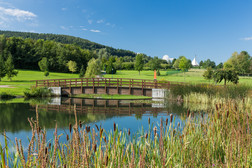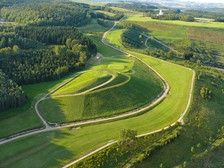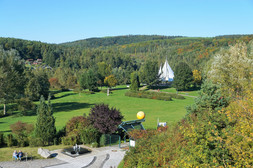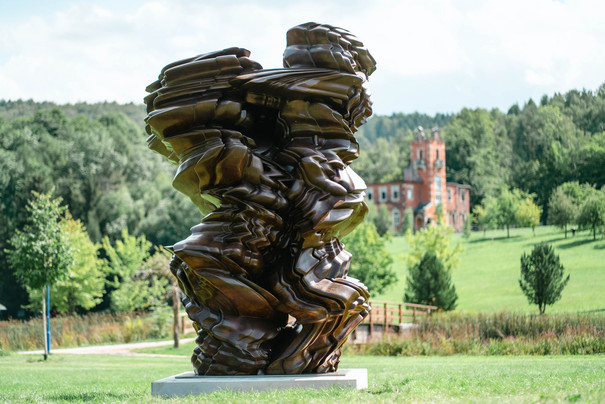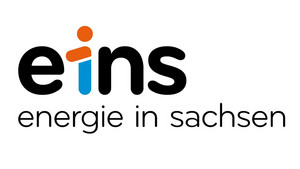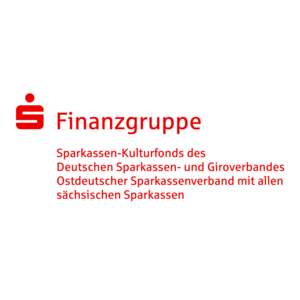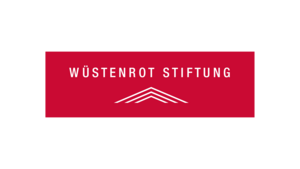With the merger of Aue and Bad Schlema in 2019, the large district town of Aue-Bad Schlema became the largest town in the Erzgebirge district with 19,700 inhabitants. Aue, located at the confluence of the Schwarzwasser and Zwickauer Mulde rivers and dating back to the founding of an Augustinian provostry in 1173, is a fascinating town with bridges from various eras, the imposing Friedenskirche church, town houses in Art Nouveau style and the close spatial connection between living and working in a time-honoured, still active industry. Bad Schlema, on the other hand, has retained the charm of a spa town: Here, the ACTINON health spa with radon and brine pools, the Golfpark Westerzgebirge, the spa gardens, the Planetenwanderweg and the historic bakery invite you to relax.
Aue-Bad Schlema is part of the UNESCO World Heritage Site "Montanregion Erzgebirge/Krušnohoří" and is particularly associated with Wismut - the Soviet-German uranium mining company in the GDR. Not only the most famous sports club once bore the name Wismut Aue - today active as FC Erzgebirge Aue in the Erzgebirgsstadion. Shaft 371, one of the largest uranium mining facilities, was also active here - parts of it will be temporarily opened to visitors during the Capital of Culture year and also in 2026 for the Sächsischen Landesgartenschau. The Museum Uranbergbau also provides information about this period of the city's history.
Tony Cragg: Stack
Art and sculpture trail PURPLE PATH
The sculpture Stack by British artist Tony Cragg in the renaturalized spa gardens of Bad Schlema invites visitors to explore the eventful history of the site. The monumental bronze is reminiscent of broken earth in its formal language and refers to the profound traces and potential dangers left here by Soviet-German uranium mining. Cragg was born in Liverpool, UK, in 1949. He now lives in Wuppertal, Germany.
